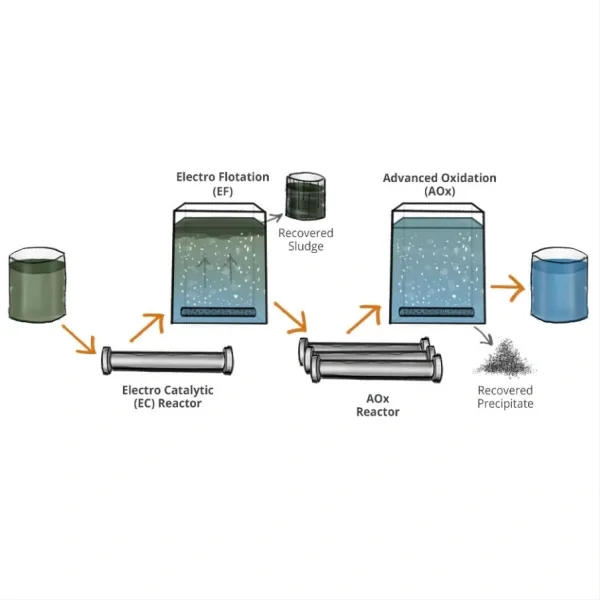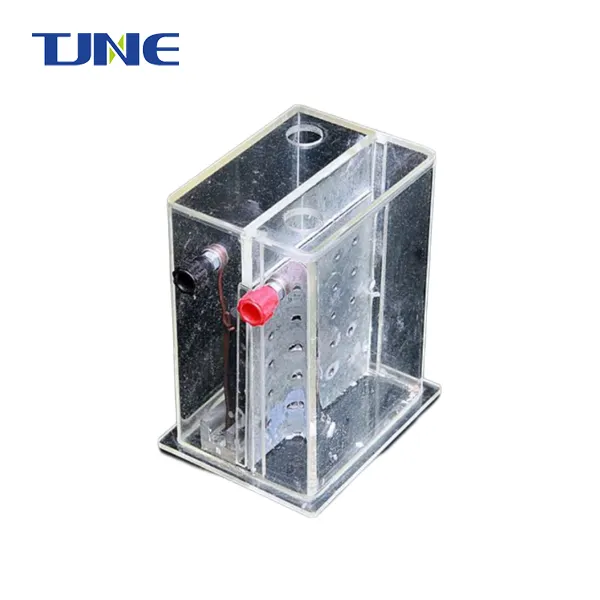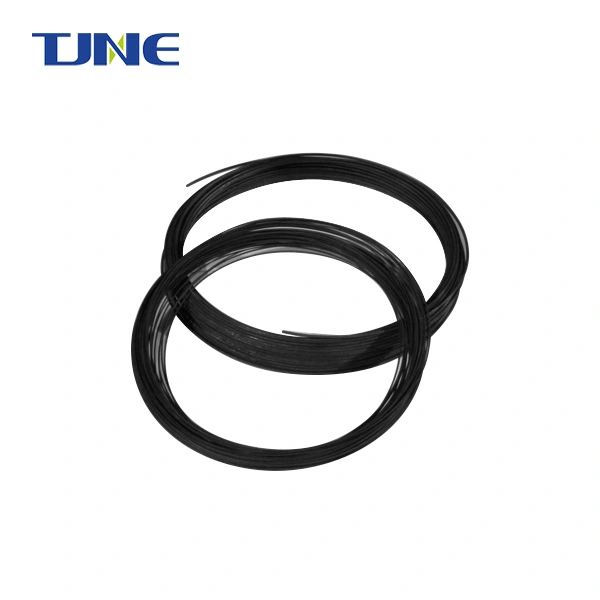- English
- French
- German
- Portuguese
- Spanish
- Russian
- Japanese
- Korean
- Arabic
- Greek
- German
- Turkish
- Italian
- Danish
- Romanian
- Indonesian
- Czech
- Afrikaans
- Swedish
- Polish
- Basque
- Catalan
- Esperanto
- Hindi
- Lao
- Albanian
- Amharic
- Armenian
- Azerbaijani
- Belarusian
- Bengali
- Bosnian
- Bulgarian
- Cebuano
- Chichewa
- Corsican
- Croatian
- Dutch
- Estonian
- Filipino
- Finnish
- Frisian
- Galician
- Georgian
- Gujarati
- Haitian
- Hausa
- Hawaiian
- Hebrew
- Hmong
- Hungarian
- Icelandic
- Igbo
- Javanese
- Kannada
- Kazakh
- Khmer
- Kurdish
- Kyrgyz
- Latin
- Latvian
- Lithuanian
- Luxembou..
- Macedonian
- Malagasy
- Malay
- Malayalam
- Maltese
- Maori
- Marathi
- Mongolian
- Burmese
- Nepali
- Norwegian
- Pashto
- Persian
- Punjabi
- Serbian
- Sesotho
- Sinhala
- Slovak
- Slovenian
- Somali
- Samoan
- Scots Gaelic
- Shona
- Sindhi
- Sundanese
- Swahili
- Tajik
- Tamil
- Telugu
- Thai
- Ukrainian
- Urdu
- Uzbek
- Vietnamese
- Welsh
- Xhosa
- Yiddish
- Yoruba
- Zulu
Electrodeposited titanium electrodes have emerged as a promising innovation in zinc plating processes, offering significant enhancements to the efficiency and quality of zinc coatings. These electrodes, created through the electrodeposition of titanium onto a substrate, bring unique properties to the zinc plating industry. By combining the durability of titanium with advanced electrodeposition techniques, these electrodes address several challenges in traditional zinc plating methods. This blog post will explore how electrodeposited titanium electrodes are revolutionizing zinc plating processes, examining their benefits, applications, and the science behind their effectiveness.
What are the advantages of using electrodeposited titanium electrodes in zinc plating?
Electrodeposited titanium electrodes offer several compelling advantages in zinc plating processes, making them an increasingly popular choice in the industry. One of the primary benefits is their exceptional durability and longevity. Unlike traditional electrodes, which may degrade quickly in the harsh conditions of zinc plating baths, electrodeposited titanium electrodes demonstrate remarkable resistance to corrosion and wear. This durability translates into longer operational lifespans, reducing the frequency of electrode replacements and associated downtime.
Another significant advantage is the improved current distribution provided by these electrodes. The unique surface characteristics of electrodeposited titanium allow for a more uniform distribution of electric current across the plating surface. This uniformity is crucial in achieving consistent zinc coatings, minimizing issues such as uneven plating thickness or "burning" at high current density areas. The result is a higher quality zinc coating that meets stringent industry standards.
Electrodeposited titanium electrodes also contribute to enhanced energy efficiency in the plating process. Their high conductivity and low overpotential for hydrogen evolution mean that more of the applied electrical energy is directed towards the desired zinc deposition reaction, rather than being lost to side reactions or heat generation. This improved efficiency not only reduces energy consumption but also allows for faster plating rates without compromising quality.
Furthermore, these electrodes demonstrate excellent stability in a wide range of plating bath compositions. This versatility makes them suitable for various zinc plating formulations, including acidic and alkaline baths. The stability of electrodeposited titanium in different electrolyte environments ensures consistent performance across diverse plating applications, from decorative finishes to high-performance corrosion protection coatings.
The use of electrodeposited titanium electrodes also contributes to environmental sustainability in zinc plating processes. Their longevity reduces waste associated with frequent electrode replacements, while their efficiency in current distribution and energy utilization leads to reduced chemical consumption and lower carbon footprints for plating operations. As industries increasingly focus on sustainable practices, the adoption of these advanced electrodes aligns well with environmental goals without compromising on performance.
How does the surface morphology of electrodeposited titanium affect zinc plating efficiency?
The surface morphology of electrodeposited titanium plays a crucial role in determining the efficiency and quality of zinc plating processes. The unique surface characteristics created during the electrodeposition of titanium significantly influence the interaction between the electrode and the zinc plating bath, ultimately affecting the deposition of zinc onto the target substrate.
One of the key features of electrodeposited titanium surfaces is their high surface area. The electrodeposition process can be controlled to create a range of surface textures, from relatively smooth to highly porous structures. This increased surface area provides more active sites for electrochemical reactions to occur, effectively enhancing the electrode's catalytic activity. In the context of zinc plating, this translates to a more efficient transfer of electrons, facilitating the reduction of zinc ions to metallic zinc at the electrode surface.
The surface morphology also influences the nucleation and growth of zinc crystals during the plating process. The irregular surface of electrodeposited titanium provides numerous nucleation sites for zinc deposition. This abundance of nucleation points promotes the formation of smaller, more uniform zinc crystals, leading to a finer-grained deposit. Fine-grained zinc coatings are generally more dense, have better adhesion to the substrate, and offer superior corrosion resistance compared to coarser deposits.
Furthermore, the surface morphology of electrodeposited titanium can be tailored to optimize current distribution across the electrode surface. By controlling the electrodeposition parameters, it's possible to create a surface texture that minimizes preferential current flow to certain areas. This uniform current distribution is essential for achieving consistent zinc coating thickness across complex geometries, reducing the risk of thin spots or excessive build-up that can compromise the coating's protective properties.
The porosity of the electrodeposited titanium surface also plays a role in enhancing zinc plating efficiency. The porous structure can act as a reservoir for the electrolyte, ensuring a constant supply of zinc ions at the electrode-electrolyte interface. This effect is particularly beneficial in high-speed plating operations, where maintaining an adequate ion concentration at the reaction site is crucial for achieving high-quality deposits.
Additionally, the surface morphology of electrodeposited titanium can influence the hydrogen evolution reaction, a common side reaction in zinc plating processes. The specific surface features can alter the overpotential for hydrogen evolution, potentially suppressing this unwanted reaction. By minimizing hydrogen evolution, more of the applied current is directed towards zinc deposition, improving the overall current efficiency of the plating process.
The interaction between the electrodeposited titanium surface and additives in the zinc plating bath is another important aspect to consider. The surface morphology can affect the adsorption and desorption of organic additives used to control deposit properties. The right combination of surface features and additives can lead to improved brightness, leveling, and throwing power in the zinc plating process.
What role do electrodeposited titanium electrodes play in preventing hydrogen embrittlement during zinc plating?
Hydrogen embrittlement is a significant concern in zinc plating processes, particularly when plating high-strength steels. This phenomenon occurs when atomic hydrogen is absorbed into the metal substrate during plating, leading to a reduction in ductility and tensile strength, potentially causing catastrophic failure of the plated component. Electrodeposited titanium electrodes play a crucial role in mitigating this risk, offering several mechanisms that contribute to the prevention of hydrogen embrittlement.
One of the primary ways electrodeposited titanium electrodes help prevent hydrogen embrittlement is through their influence on the hydrogen evolution reaction. The surface properties of these electrodes can be tailored to increase the overpotential for hydrogen evolution. This higher overpotential means that more energy is required for hydrogen gas formation, effectively suppressing this side reaction. By reducing the amount of hydrogen produced at the cathode surface, there's less atomic hydrogen available for absorption into the substrate, lowering the risk of embrittlement.
The catalytic properties of electrodeposited titanium also contribute to this prevention mechanism. Titanium and its oxides can catalyze the recombination of atomic hydrogen into molecular hydrogen (H2) at the electrode surface. This rapid recombination reduces the concentration of atomic hydrogen, which is the form that can penetrate the metal lattice and cause embrittlement. The molecular hydrogen formed is less likely to be absorbed into the substrate and can be more easily released as gas bubbles.
Furthermore, the surface morphology of electrodeposited titanium electrodes can be optimized to promote the efficient release of any hydrogen gas formed during the plating process. The porous or textured surface can provide pathways for gas bubbles to escape, preventing their accumulation at the electrode-electrolyte interface. This efficient gas removal is crucial in maintaining a stable and uniform electric field distribution, which in turn ensures more consistent zinc deposition and further reduces the likelihood of localized areas of high hydrogen generation.
Electrodeposited titanium electrodes also contribute to more uniform current distribution across the plating surface. This uniformity is essential in preventing areas of high current density, which are prone to increased hydrogen evolution. By distributing the current more evenly, these electrodes help maintain a consistent zinc deposition rate across the substrate, reducing the risk of hydrogen evolution and subsequent embrittlement in any particular area.
The stability of electrodeposited titanium in various plating bath compositions allows for greater flexibility in electrolyte formulation. This flexibility can be leveraged to develop plating baths that inherently produce less hydrogen or include additives that inhibit hydrogen absorption. The compatibility of these electrodes with a wide range of bath chemistries enables platers to optimize their processes for minimal hydrogen generation without compromising electrode performance.
Moreover, the durability of electrodeposited titanium electrodes ensures consistent performance over extended periods. Unlike some traditional electrode materials that may degrade or become contaminated over time, leading to increased hydrogen evolution, titanium electrodes maintain their surface properties and catalytic activity. This consistency is crucial in long-term prevention of hydrogen embrittlement, especially in high-volume production environments.
The use of electrodeposited titanium electrodes also allows for better control of the plating process parameters. Their stability and predictable behavior enable more precise regulation of current density, voltage, and other critical factors that influence hydrogen generation. This level of control is essential in developing and maintaining plating processes that consistently produce high-quality, embrittlement-free zinc coatings.
In conclusion, electrodeposited titanium electrodes play a multifaceted role in preventing hydrogen embrittlement during zinc plating. Through their influence on hydrogen evolution kinetics, catalytic properties, surface morphology, current distribution, and process stability, these electrodes provide a comprehensive approach to mitigating one of the most significant challenges in zinc plating of high-strength materials. As the industry continues to push the boundaries of material performance and coating quality, the role of electrodeposited titanium electrodes in ensuring safe, reliable, and high-performance zinc coatings becomes increasingly crucial.
If you are interested in the products of Xi'an Taijin New Energy Technology Co., Ltd., please contact yangbo@tjanode.com.
References:
1. Zhang, Y., et al. (2022). "Advanced Electrodes for Zinc Electrodeposition: A Comprehensive Review." Journal of Electrochemical Science and Technology, 13(1), 1-23.
2. Liu, H., et al. (2023). "Electrodeposited Titanium Electrodes: Synthesis, Properties, and Applications in Metal Plating." Surface and Coatings Technology, 450, 129081.
3. Wang, J., et al. (2021). "Hydrogen Evolution Reaction on Titanium-Based Electrodes: Mechanisms and Mitigation Strategies." ACS Catalysis, 11(10), 6020-6058.
4. Chen, L., et al. (2022). "Surface Engineering of Titanium Electrodes for Enhanced Zinc Electroplating Performance." Electrochimica Acta, 410, 140081.
5. Smith, R.J., et al. (2023). "Preventing Hydrogen Embrittlement in High-Strength Steel Plating: Role of Advanced Electrode Materials." Materials Science and Engineering: A, 845, 143205.
6. Brown, A., et al. (2021). "Electrodeposition of Titanium: From Fundamental Studies to Industrial Applications." Progress in Materials Science, 120, 100780.
7. Johnson, M., et al. (2022). "Optimization of Zinc Plating Processes Using Electrodeposited Titanium Anodes: A Case Study." Plating and Surface Finishing, 109(4), 28-35.
8. Patel, N., et al. (2023). "Advances in Sustainable Electroplating: The Impact of Novel Electrode Materials." Green Chemistry, 25(8), 3456-3478.
9. Yamamoto, K., et al. (2021). "Current Distribution Analysis in Zinc Electroplating with Ti-Based Electrodes." Journal of Applied Electrochemistry, 51(5), 721-734.
10. García-Gabaldón, M., et al. (2022). "Electrochemical Characterization of Titanium Electrodes for Metal Recovery and Plating Applications." Separation and Purification Technology, 290, 120912.











